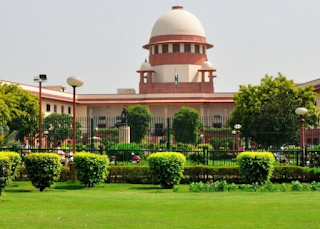Introduction
The establishment of the Supreme Court of India marks a significant milestone in the country's legal and judicial history. With a rich heritage and a journey spanning over centuries, the Supreme Court stands as the guardian of justice and the custodian of the Constitution. Let's delve into the fascinating history and timeline of its establishment.
Ancient Roots:
- Explore the ancient roots of judicial systems in India, dating back to the Vedic period.
- Discuss the role of ancient texts such as Nyay Visesika and Arthashastra in shaping early legal principles.
Colonial Era:
- Trace the evolution of the Indian legal system during the colonial period under British rule.
- Discuss the establishment of the Supreme Courts in Calcutta, Madras, and Bombay by the Regulating Act of 1773.
Key Milestones and Landmarks:
- Highlight key judgments and landmark cases that have shaped the jurisprudence of the Supreme Court.
- Discuss the role of the Supreme Court in upholding the principles of justice, liberty, and equality.
Establishment of the Federal Court:
- Highlight the significance of the Government of India Act, 1935, which provided for the establishment of the Federal Court of India.
- Discuss the jurisdiction and powers of the Federal Court in adjudicating constitutional matters.
Recent Developments and Challenges:
- Explore recent developments in the functioning of the Supreme Court, including the adoption of technology and e-filing systems.
- Discuss contemporary challenges facing the judiciary and the role of the Supreme Court in addressing them.
Birth of the Supreme Court of India:
- Explore the historical context leading to the adoption of the Constitution of India in 1950.
- Discuss the provisions related to the establishment of the Supreme Court under Part V of the Constitution.
Evolution and Expansion:
- Trace the evolution of the Supreme Court over the decades, including the expansion of its jurisdiction and powers.
- Discuss the establishment of High Courts and the appellate jurisdiction of the Supreme Court.
75 years of Supreme Court
Conclusion
As we reflect on the journey of the Supreme Court of India, we are reminded of its pivotal role in upholding the rule of law and protecting the rights of citizens. From its ancient roots to its modern-day evolution, the Supreme Court continues to be a beacon of justice and a symbol of hope for the nation.

